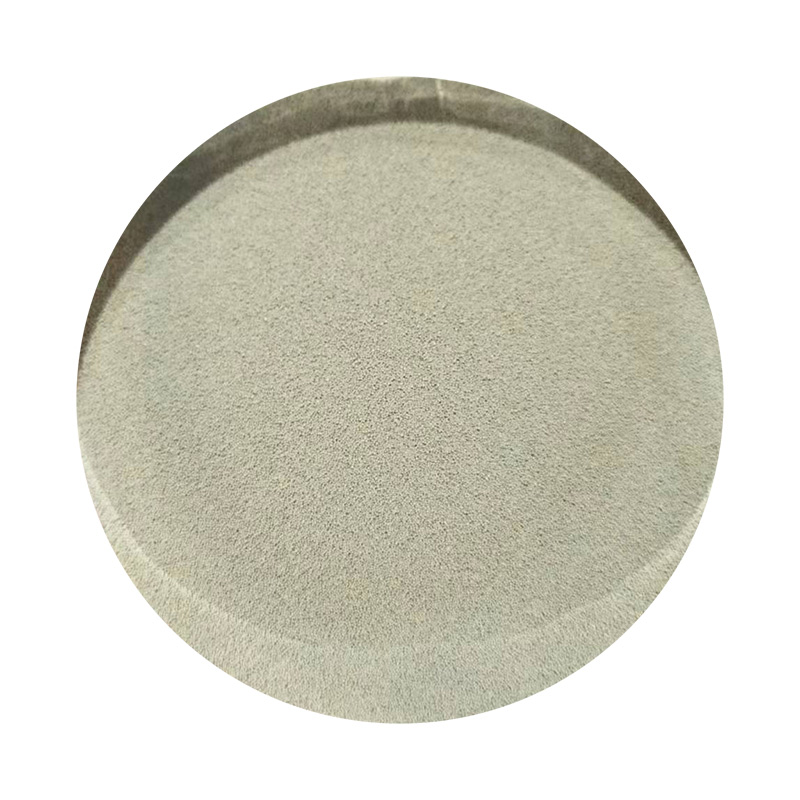Hard Sand Casting A Detailed Overview
Hard sand casting, often referred to in the manufacturing and engineering sectors, is a method that combines traditional sand casting techniques with specific advancements to enhance the quality and precision of cast metal parts. This casting technique plays a crucial role in industries such as automotive, aerospace, and machinery manufacturing, where durability and performance are paramount.
The process of hard sand casting begins with the preparation of a mold made from a mixture of sand and a binding agent, typically clay. Unlike traditional sand casting, hard sand casting uses a more rigid mixture that allows for finer details and better durability of the resulting mold. The sand is compacted in a manner that enhances its strength, ensuring that it can withstand the high temperatures associated with molten metal pouring. This method significantly reduces the possibility of defects in the final product, such as sand inclusions or surface imperfections.
One of the key advantages of hard sand casting is its ability to produce intricate shapes and complex geometries. Manufacturers utilizing this method can create components that require tight tolerances and smooth finishes. This capability is particularly vital in sectors where precision is critical. Moreover, the hard sand mold provides excellent dimensional stability, resulting in reduced machining time and costs after the casting has solidified. Traditionally, other casting methods may necessitate extensive post-processing to achieve desired specifications, making hard sand casting a more efficient alternative.
hard sand casting

The material choices for hard sand casting are varied, often depending on the application requirements. Commonly cast metals include aluminum, iron, and various alloys. Each of these materials brings with it different properties, such as strength, weight, and resistance to corrosion, which must be taken into account during the design and casting process. By leveraging hard sand casting, manufacturers can optimize component properties for specific applications while ensuring that they meet industry standards and customer expectations.
Environmental considerations are also a factor in the hard sand casting process. Many companies are adopting more sustainable practices by utilizing recyclable materials for sand casting. This not only helps reduce waste but also lowers production costs associated with raw materials. Furthermore, the casting process itself can be optimized to minimize energy consumption, contributing to a reduction in the overall environmental footprint of manufacturing operations.
Once the casting is completed, it typically undergoes several quality assurance processes to verify that it meets specifications. Techniques such as non-destructive testing (NDT) may be employed to check for internal defects without damaging the component. This step is crucial in ensuring that the final product is both reliable and safe for use in demanding environments.
In conclusion, hard sand casting represents a significant advancement in the realm of metal casting. Its ability to produce high-quality, precise components makes it an attractive option for various industries that require intricate designs and enhanced durability. As technology continues to evolve, this method is likely to see further refinements that will improve efficiency, reduce waste, and continue to meet the ever-increasing demands of modern manufacturing. The importance of hard sand casting in producing reliable and innovative solutions cannot be overstated, making it a cornerstone technique for today's advanced engineering challenges.
Post time:Aug . 19, 2024 13:58
Next:Top Providers of Sand Casting Solutions for Diverse Industries Today
